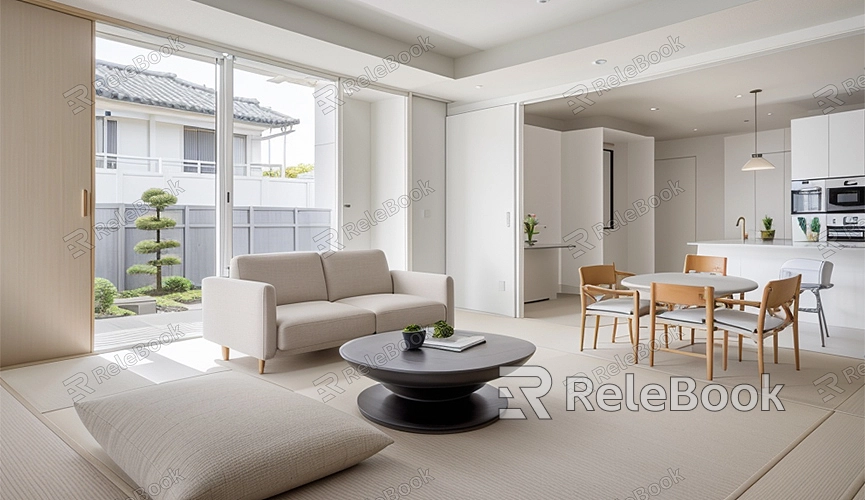How to Edit 3D Models in Blender
Blender is a powerful open-source 3D modeling software widely used in animation, game development, and visual effects. Whether you're a beginner or an experienced user, learning how to edit 3D models in Blender is a crucial skill. This article will introduce the basic methods and techniques for editing 3D models in Blender, helping you get started quickly.
Understanding the Blender Interface
Before diving into editing 3D models, it's important to familiarize yourself with the Blender interface. Blender's interface consists of multiple windows and panels, each serving specific functions. The primary workspace is the 3D view window, where you can rotate, zoom, and move models. The toolbar on the left provides various modeling tools, while the properties panel on the right adjusts model details.

Importing and Creating 3D Models
You can import 3D models from external files or create models from scratch in Blender. To import a 3D model, select the "File" menu, then choose "Import" and the desired file format such as OBJ or FBX. Once imported, the model will appear in the 3D view window. For creating new models, start with basic primitives like cubes, spheres, and cylinders, then proceed with further edits.
Edit Modes
Blender offers multiple edit modes, each serving different purposes. Common edit modes include Object Mode, Edit Mode, and Sculpt Mode. In Object Mode, you can perform operations like moving, rotating, and scaling the entire model. Edit Mode allows detailed editing of vertices, edges, and faces of the model. Sculpt Mode enables sculpting and refining models using various brush tools.
Basic Modeling Tools
Blender provides a rich set of modeling tools to help create and edit complex 3D models. Here are some commonly used basic modeling tools:
- Extrude Tool: Creates new geometry from existing shapes, activated by pressing the E key.
- Loop Cut Tool: Adds new edge loops to the model, activated by Ctrl+R.
- Scale Tool: Adjusts the size of the model, activated by pressing the S key.
- Rotate Tool: Rotates the model, activated by pressing the R key.
- Move Tool: Moves the model, activated by pressing the G key.
Materials and Textures
Materials and textures are essential elements for enhancing the realism and vibrancy of models. In Blender, you can create complex material effects using the node editor. Select the model, then in the properties panel, find the materials options and click "New" to create a new material. In the node editor, add and adjust various nodes such as Diffuse, Specular, and Transparency to define the appearance of materials.
Textures are images or patterns applied to the surface of models, adding detail and realism to materials. For high-quality 3D textures, HDRI, or 3D model downloads, consider downloading them from Relebook for seamless integration into your projects.
UV Unwrapping
UV unwrapping is the process of flattening the surface of a 3D model into a 2D plane for applying textures. To perform UV unwrapping, enter Edit Mode, select the faces you want to unwrap, then choose the UV Unwrap tool in the toolbar. Blender automatically generates UV maps, which you can adjust in the UV editor to ensure correct texture application on the model.
Animation and Rigging
For adding animations to models, Blender offers a robust bone system. In Object Mode, select the model, then from the toolbar, choose "Add" > "Armature" to add a skeleton. In Edit Mode, adjust the position and size of bones to fit the model's structure. Once rigging is complete, you can animate the model in Pose Mode, set keyframes, and adjust animation curves.
Rendering and Output
After editing the model, you can proceed with rendering and output. Rendering in Blender is the process of converting 3D scenes into 2D images. Select the "Render" menu, then choose "Render Image" to start rendering. Adjust parameters such as resolution, sampling, and ray tracing in the render settings for higher-quality results. After rendering, choose the "Image" menu, then select "Save" to save the rendered image as a file.
By following these steps, you can edit and create outstanding 3D models in Blender. Mastering these basic methods and techniques will help you achieve greater success in the field of 3D modeling. For access to high-quality 3D textures, HDRI, or 3D model downloads, consider downloading them from Relebook for direct integration into your projects.

